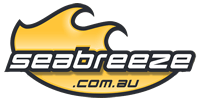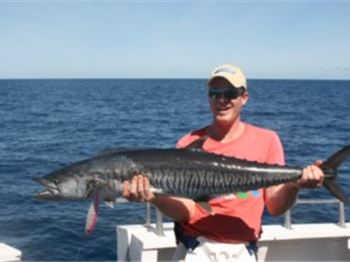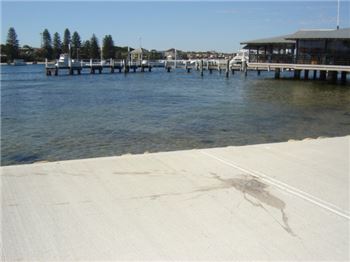WA: Shellfish warning for the Peel-Harvey Estuary
The Department of Health is reminding people not to eat shellfish collected from the wild.
Environmental Health Director Jim Dodds said recent tests confirmed potentially toxic microscopic algae at continuing very high levels within the Peel-Harvey Estuary (South of Mandurah).
"This microscopic algae is capable of producing toxins which could be absorbed by filter feeding shellfish," Mr Dodds said.
These toxins will not be destroyed by normal cooking processes and have the potential to cause 'Diarrhetic Shellfish Poisoning'(DSP).
Symptoms of DSP may include nausea, cramping, vomiting, and diarrhoea.
"Anyone who has eaten shellfish collected from these or any waters and experiences these symptoms should seek medical attention," Mr Dodds said.
"As a general rule people should not eat wild shellfish from anywhere in WA as their safety cannot be guaranteed."
Shellfish includes oysters, mussels, clams, pipis, scallops, cockles and razorclams.
They do not include fish or crustaceans such as shrimp, prawns, crabs or lobsters.
Mr Dodds said farmed shellfish purchased in WA supermarkets were not affected, as there is a strict quality-assurance program to ensure that they were safe for human consumption.
"Recreational activities including swimming, fishing and boating are not affected by this species of microscopic algae," he said.
"Metropolitan recreational waterways are generally monitored for algal blooms. However, if a member of the public suspects an algal bloom in regional recreational waterways, this should be reported to the nearest Department of Water office or to the local council."
The Department of Water will continue to monitor algal species and levels within the Peel-Harvey Estuary and provide advice to the Department of Health.







